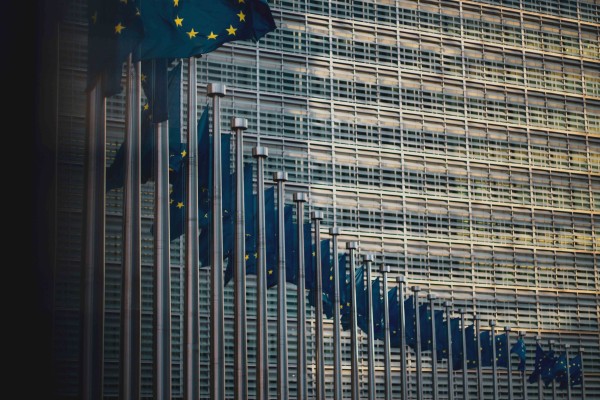July 2025
# I. Introduction
In today’s global economy, supply chains are not just operational backbones – they are strategic assets that directly impact business continuity, profitability, and corporate reputation. As supply chains extend across borders and involve layers of subcontractors, responsibility becomes increasingly fragmented. This opacity introduces significant exposure to business conduct risks. These risks can arise from unethical, illegal, or irresponsible behavior by a company or its employees – such as biodiversity degradation, forced labor, or greenwashing – and can result in serious consequences, including regulatory penalties, compliance breaches, reputational damage, and financial loss. Beyond the harm to the environment and society, the fallout can shake investor confidence and expose banks, asset managers, and insurers to financial and reputational risks.
Analyzing 2,500,000+ documents in 30 languages daily from 150,000+ public sources and stakeholders,1 RepRisk adopts a risk-based, outside-in approach – drawing exclusively from external public sources and intentionally excluding company self-disclosures. Its methodology captures supply chain risks by intersecting two of the 28 issues covered in its research scope: the cross-cutting issue of supply chain and any other issue.2 While not all flagged incidents constitute legal violations, they still pose serious reputational risks, can erode stakeholder trust, and may signal deeper structural problems that merit attention. Understanding and addressing these risks early is critical for companies aiming to build resilient and responsible supply chains.
This report presents key findings and insights from RepRisk’s analysis of data on supply chain risk exposure, with a particular focus on the fashion sector.3 Due to its vast scale, complex supply chains, and dual role as both a producer of essential goods and a major employer in many regions, the fashion industry represents a critical focal point for supply chain risks.
“Fashion’s supply chains have never been easy – and today’s global pressures make them even tougher. It is time for transparency! Daily monitoring powered by data that effectively combines human intelligence with AI – through fine-tuned models trained on human-labeled data – enables fashion and other companies not only to build resilient value chains but also to maintain stakeholder trust and drive long-term performance.”
Philipp Aeby, CEO and Co-founder at RepRisk
# II. Mapping accountability
RepRisk data from the past year illustrates the scale and scope of supply chain-related challenges. In total, 3,958 supply chain risk incidents were linked to 6,596 companies globally. Notably, private companies made up a disproportionate share of the exposure: 87% of implicated firms were private, versus just 13% that were publicly listed.
The world map in Figure 1a captures five years of supply chain risk incidents (May 2020 to April 2025), pinpointing the countries where the incidents occurred, irrespective of the sourcing company’s origin.
Due to their economic scale, the world’s largest economies are both the source and the site of a high number of supply chain-related risk incidents. The United States and China top the list, each with over 2,000 recorded incidents. They are followed by other major economies, including France (with around 1,000 incidents), as well as Italy, Brazil, and Germany.



